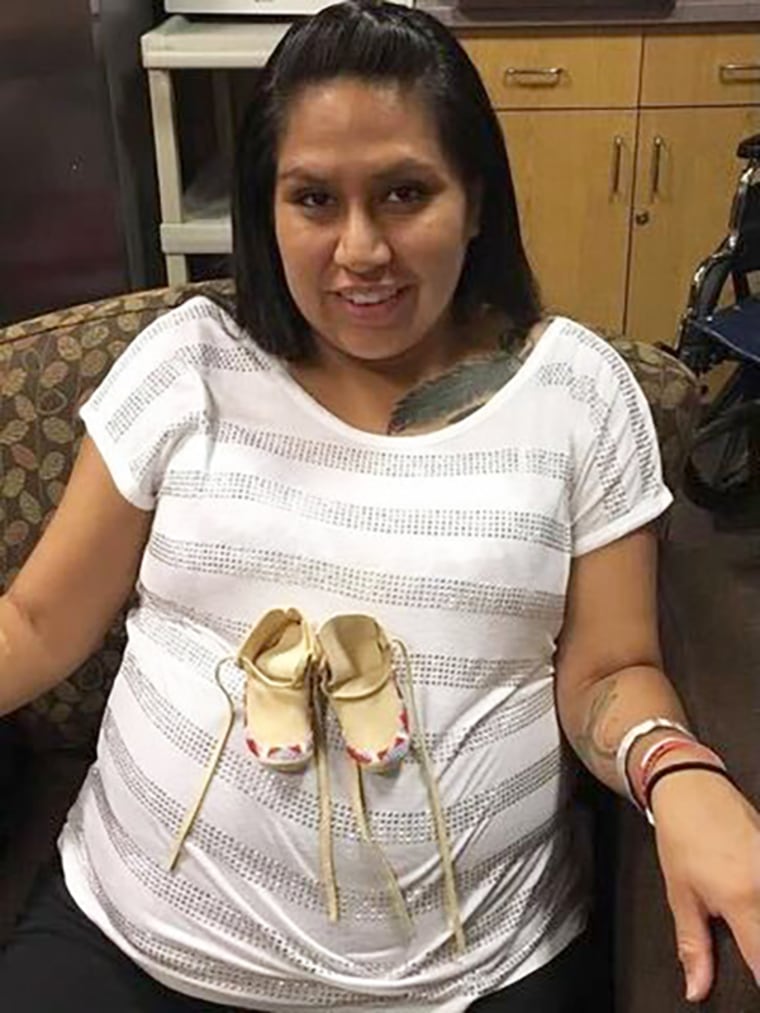The number of pregnant women forced to travel farther to deliver their babies — or go without prenatal care entirely — is growing.
A March of Dimes report published Tuesday found that over a third of U.S. counties (35.1%) are what the group calls “maternity care deserts,” meaning they don't have a single doctor, nurse, midwife or medical center specializing in maternity care.
More than 2.3 million women of childbearing age lived in one of these counties in 2022, when the data was collected for the new report, up from 2.2 million in 2020.
The number of babies born in these counties also rose, from 146,000 to more than 150,000.
“It’s getting worse over time,” said Ashley Stoneburner, lead report author and director of applied research and analytics at the March of Dimes.
The findings reflect, in part, increasing closures of hospital obstetric units, she said. During 2021 and 2022, about 1 in 25 hospital maternity wards closed, the report found.
“Hospitals are not making enough money, and it’s obstetric units that are oftentimes the units that get closed first,” Stoneburner said. “We hear this every day.” Last month, the National Center for Health Statistics reported that the percentage of women going without prenatal care rose 5% from 2022 to 2023.
There’s also evidence that the Supreme Court’s 2022 overturning of Roe v. Wade is accelerating the issue. A Commonwealth Fund report from July found that women living in states with strict abortion policies are less likely to be able to find an OB-GYN. An earlier survey found that such policies were driving away doctors specializing in obstetrics and gynecology.
“There’s been a mass exodus,” said Dr. Tracey Wilkinson, an associate professor of pediatrics at Indiana University School of Medicine. The March of Dimes report is “terrifying,” she added, “because it’s a signal of things getting worse.”
States with the highest percentage of maternity care deserts tended to be in the Midwest and Southeast, coinciding with areas of the country with the strictest abortion policies.
Those include Arkansas, Missouri, Oklahoma and the Dakotas, states in which at least half and up to three-quarters of counties have no obstetric care.
The new report also found that women living in a maternity care desert have a 13% increased risk of preterm birth, backing up previous studies showing that these areas tend to have higher maternal and infant mortality rates.
States in which pregnant women had to travel the farthest to seek medical maternity care included Alaska, Hawaii and Montana.
“We’re used to having to travel because Montana is a big state. Everything is wide range,” said Vania Biglefthand, 40, of Colstrip, Montana. “We don’t really realize the hardship until something like this happens.”
 Vania Biglefthand went into early labor with her third son in 2017. The closest place with maternity care was two hours away from her home in Montana.Courtesy Vania Biglefthand
Vania Biglefthand went into early labor with her third son in 2017. The closest place with maternity care was two hours away from her home in Montana.Courtesy Vania BiglefthandWhen Biglefthand was pregnant with her third child in 2017, her water broke early, at 29 weeks.
She had no choice but to get in her car and travel two hours to the nearest birthing hospital in Billings for help.
Her son was born healthy and is now 6 years old.
But Biglefthand remembers the long drive as stressful.
“You have to worry about gas money, animals on the road, road conditions if a storm were to hit,” she said, along with the biggest concern: “Am I going to make it to the hospital on time?”
.png)
 1 week ago
11
1 week ago
11





























 Bengali (BD) ·
Bengali (BD) ·  English (US) ·
English (US) ·